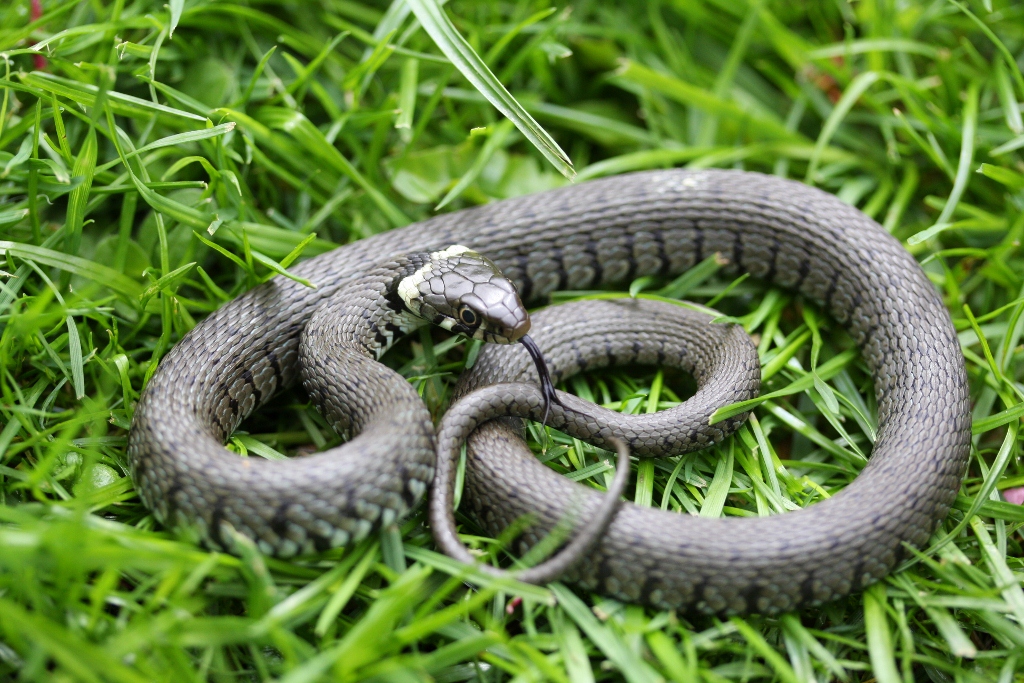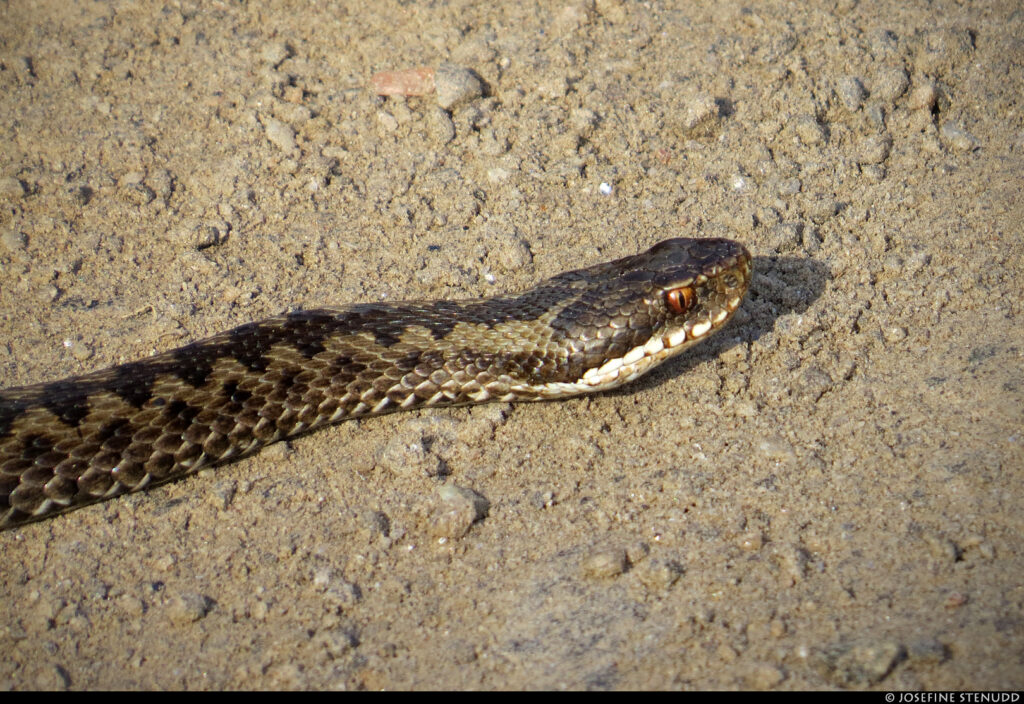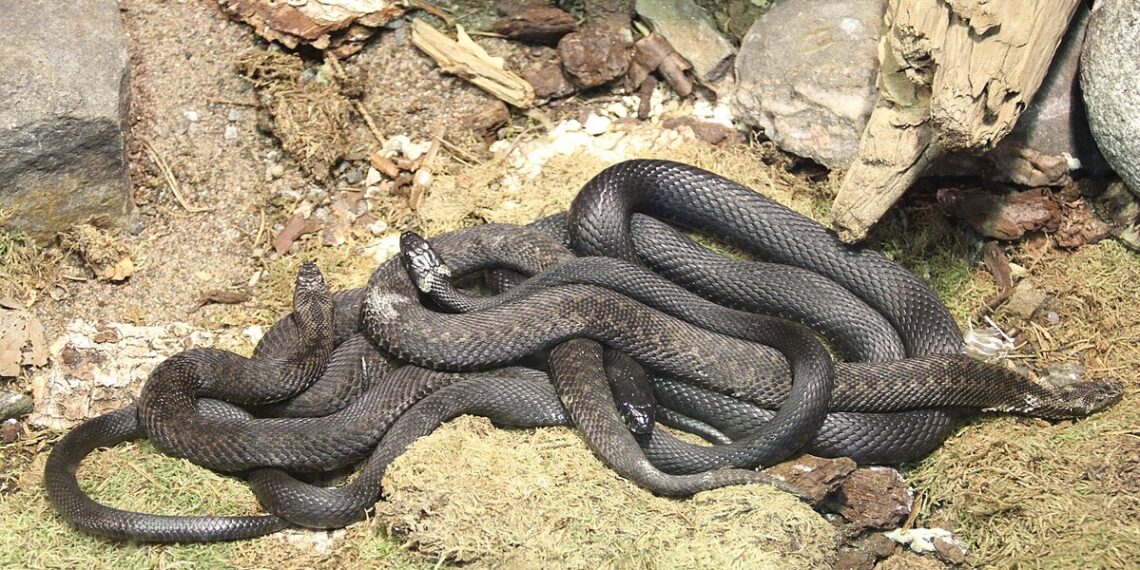Sweden, known for its stunning landscapes and rich biodiversity, is home to a variety of wildlife, including several species of snakes. Despite its cold climate, Sweden provides a suitable habitat for these fascinating reptiles. In this article, we will explore the diverse types of snakes found in Sweden, their habitats, behaviors, and the significance they hold in the country’s ecosystem.
Types of Snakes in Sweden
Sweden is home to three main types of snakes: the Common European Adder (Vipera berus), the Smooth Snake (Coronella austriaca), and the Grass Snake (Natrix natrix). Each of these species has unique characteristics that contribute to the country’s biodiversity.
1. Common European Adder (Vipera berus)
The adder, known as the “huggorm” in Swedish, is the only venomous snake in Sweden. It is a small snake, typically measuring between 50 and 60 cm in length.

Recognizable by its distinct zigzag pattern along its back, the adder’s colors can vary from gray to brown with a reddish or orange tint. They are commonly found in forested areas, heathlands, and rocky terrain.
The adder’s venom is mild and rarely poses a threat to humans, as they are generally non-aggressive and only bite when they feel threatened. Their diet mainly includes small mammals, birds, and lizards.
2. Smooth Snake (Coronella austriaca)
The smooth snake, or “hasselorm” in Swedish, is a less common snake in Sweden. It is similar in size to the grass snake, with a length ranging from 50 to 70 cm.
Unlike the grass snake, it has a smooth, shiny appearance with no clear markings on its back. The smooth snake is often associated with heathlands, coastal dunes, and sandy areas.
They primarily feed on lizards and small mammals and are known for their elusive nature.
3. Grass Snake (Natrix Natrix)
The grass snake, or “snok” in Swedish, is the most common snake species in Sweden. It is non-venomous and can be found throughout the country.

Recognizable by its vibrant greenish-brown scales and dark spots on its back, the grass snake is a relatively large snake, reaching lengths of up to 90-120 cm.
These snakes are excellent swimmers and often inhabit wetland areas, such as marshes, lakeshores, and rivers. They are also known for their diet, which primarily consists of amphibians, fish, and small mammals.
Habitats and Behaviors
Snakes in Sweden have adapted to various habitats and exhibit unique behaviors to survive in the Nordic wilderness.
The Common European Adder prefers open landscapes with a mix of sunlight and shade, making heaths, meadows, and forest edges ideal habitats. During colder months, they hibernate in underground burrows to conserve energy.
Smooth Snakes, on the other hand, prefer warm and sunny environments. They are often found in rocky areas where they can bask in the sun and seek refuge in crevices.
These snakes are primarily active during the day and are excellent hunters, preying on small reptiles and insects.
Grass Snakes are commonly found near water sources where they can hunt for their preferred prey, including frogs, toads, and small fish. They are excellent swimmers and can often be seen basking near the edges of ponds or streams.
Grass Snakes are also known for their defensive behavior; when threatened, they may release a foul-smelling substance to deter predators.

Significance in the Ecosystem
Snakes play a crucial role in Sweden’s ecosystem. As predators, they help control the populations of various small animals, including rodents, insects, and amphibians.
By regulating these populations, snakes contribute to the overall balance of the ecosystem, preventing the overpopulation of certain species that could otherwise disrupt the natural environment.
Additionally, snakes serve as indicators of environmental health. Their presence in a particular area often indicates the availability of suitable habitats and prey species.
Conservation efforts aimed at protecting snake populations also benefit other wildlife and plant species in their habitats.
Conservation Challenges and Efforts
Despite their importance, snakes in Sweden face several conservation challenges, including habitat loss, pollution, and climate change.
Destruction of natural habitats due to urbanization and agricultural expansion limits the available living spaces for these reptiles. Pollution from pesticides and chemicals can contaminate their food sources, leading to various health issues within snake populations.
Climate change also poses a threat, as it can alter the snakes’ natural habitats and affect their prey availability. Warmer temperatures might expand the range of certain snake species, but it could also lead to increased competition for resources.
To address these challenges, conservation organizations and researchers in Sweden are actively working to study snake populations, raise awareness about their importance, and implement measures to protect their habitats.
Creating protected areas, implementing sustainable land use practices, and educating the public about the significance of snakes in the ecosystem are essential steps toward ensuring the survival of these reptiles.

The Bottom Line
Snakes in Sweden, although often misunderstood and feared, are invaluable members of the country’s diverse wildlife.
From the venomous Common European Adder to the non-venomous Grass Snake and Smooth Snake, each species contributes uniquely to the Nordic ecosystem.
As Sweden continues to embrace conservation efforts and promote awareness about these fascinating reptiles, the future looks promising for the coexistence of snakes and humans in this beautiful Scandinavian nation.









